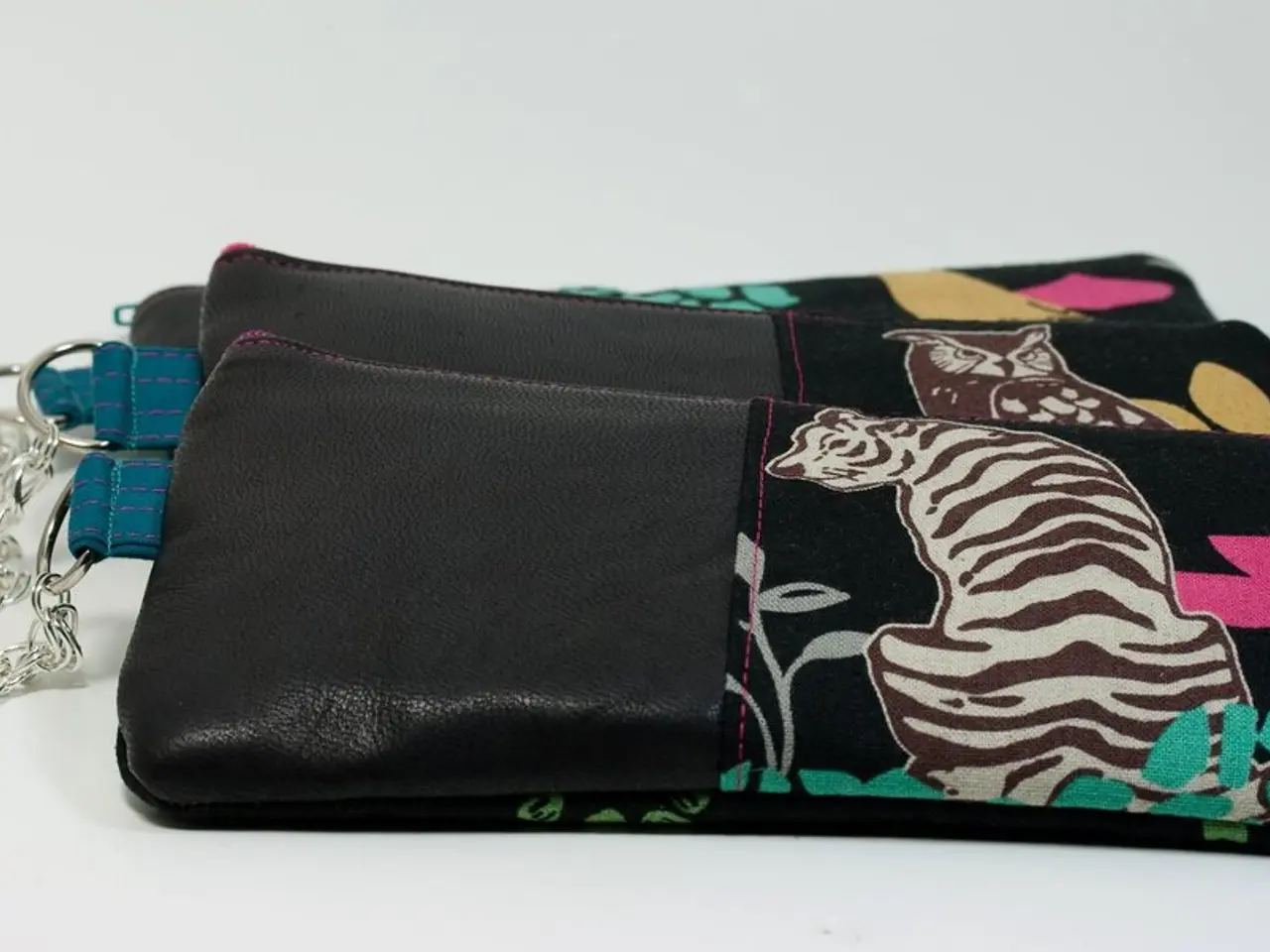Top Digital Wallets in the Philippines and Their Key Strengths (2025)
The Philippines is making significant strides in the digital finance landscape, with e-wallets becoming increasingly popular among its population. In 2024, the country came in second among Southeast Asian nations in e-wallet usage, reaching an impressive 87%.
With over 70% of Filipinos using smartphones and 83.8% internet penetration, mobile-based finance is widely feasible across the country. This widespread mobile connectivity has paved the way for e-wallet providers to reach more people, including rural and provincial communities, to increase financial access.
One of the most popular e-wallets is GCash, which boasts over 60 million users and offers various financial services such as savings accounts, microloans, and investment products. Another prominent player is Maya, a BSP-licensed digital bank that has transformed into a full-fledged digital bank, offering savings accounts, credit lines, cryptocurrency trading, and tools for small businesses.
For those who frequently use the Grab app for rides, food, or shopping, GrabPay is an ideal e-wallet choice. It is deeply embedded into everyday routines, making it the go-to wallet for people booking rides, ordering food, or shopping within the Grab platform. ShopeePay, tightly integrated into Shopee's e-commerce platform, dominates when it comes to offering deals, cashback, and convenience during online shopping.
However, the rise of e-wallets has not come without challenges. Cybersecurity concerns, particularly phishing scams, are common in the Philippines. To address this issue, government initiatives like QR Ph and the National Retail Payment System (NRPS) have helped create the infrastructure and regulatory support needed to fuel this digital shift.
Millions of Filipinos remain unbanked or underbanked, and a lack of digital literacy is a challenge. To make onboarding more inclusive, some e-wallet providers are exploring ways to cater to tourists and foreign nationals. Coins.ph, a crypto-friendly e-wallet, is popular among overseas Filipino workers and freelancers for low-cost, fast remittances.
The total market value of e-wallets in the Philippines is projected to rise, reaching USD $4.42 billion by 2025 and USD $6.20 billion by 2029, growing at a CAGR of 8.8%. By 2025, the Philippines is expected to surpass 80 million registered e-wallet accounts, marking a threefold increase within five years.
The e-commerce market in the Philippines is set to reach USD $4.3 trillion by 2025, indicating a significant shift in consumer behavior. The share of digital retail payments rose from 10% in 2018 to 52.8% in 2023.
Cooperation across sectors is needed to ensure that progress reaches every corner of the archipelago. The Bank of the Philippine Islands (BPI) partnered with Mynt, Ayala Corporation, and Ant Group in 2023 to develop an e-wallet in the Philippines. The BSP is pushing for 90% financial access nationwide to drive rural inclusion initiatives.
In conclusion, the rise of e-wallets in the Philippines is a testament to the country's rapid digital transformation. By taking advantage of each platform's strengths, from financial services to rewards and promos, users can reap the benefits of this new era of digital finance. However, addressing challenges such as cybersecurity concerns and digital literacy is crucial to ensure that everyone, regardless of location, can participate in this digital shift.
Read also:
- visionary women of WearCheck spearheading technological advancements and catalyzing transformations
- Recognition of Exceptional Patient Care: Top Staff Honored by Medical Center Board
- A continuous command instructing an entity to halts all actions, repeated numerous times.
- Oxidative Stress in Sperm Abnormalities: Impact of Reactive Oxygen Species (ROS) on Sperm Harm








